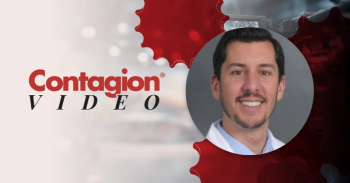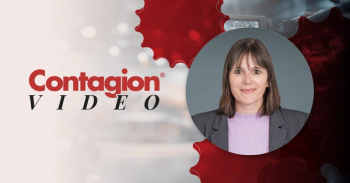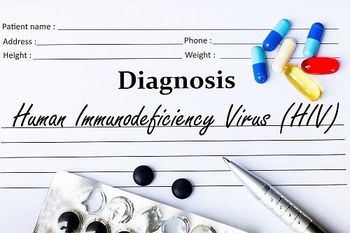
Which Adolescents Are Receiving the HPV Vaccine?
Administration of the HPV vaccine continues to lag behind that of other recommended vaccines. How can providers increase the proportion of adolescents vaccinated against this sexually transmitted virus?
Since its introduction in 2006, the
Looking to discern patterns of use of recommended adolescent vaccines, researchers at the University of North Carolina in Chapel Hill conducted a
Clear geographical patterns emerged upon further study. Adolescents who resided in rural areas were less likely to have received the HPV vaccine, with the exception of rural residents of the Northeast, who were more likely to receive the HPV vaccine than rural dwellers in the South, West, and North Central parts of the United States were. Overall, adolescents who lived in western states were more likely to receive the HPV vaccine, and those who lived in urban areas were more likely to receive it as well.
Other findings: Girls were more likely to get the vaccine than boys were (21.9% vs. 15.1%), and to get it earlier—the mean age at first dose was 11.7 years for girls and 12 years for boys. HPV vaccination rates increased with age, with later birth cohorts of both sexes reporting larger numbers of adolescents receiving the vaccine and an increase in coadministration of all three recommended vaccines.
According to the authors, many missed opportunities exist for HPV vaccination, including during visits with health care providers during which other vaccines are administered. In their report, they noted that their study showed a full 43% of adolescents who received the HPV vaccine who received their first dose during the same year in which they became sexually active, or even afterwards. “While ACIP recommends catch-up vaccination for adolescents older than 12 years, HPV vaccine effectiveness is highest before sexual debut,” they wrote. The authors also cited a recent study that tracked 1,139 urban-dwelling girls and found that delaying the HPV vaccine until after age 15 was linked to an increased risk of high-grade cervical lesions.
Why are so many
To increase vaccination rates, the authors maintain that all health care providers who treat adolescents need to be educated about CDC-recommended vaccines and learn how to explain their benefits to reluctant caregivers and patients alike, as well as adequately convey the risks of skipping them.
Newsletter
Stay ahead of emerging infectious disease threats with expert insights and breaking research. Subscribe now to get updates delivered straight to your inbox.

















































































































































































































































































